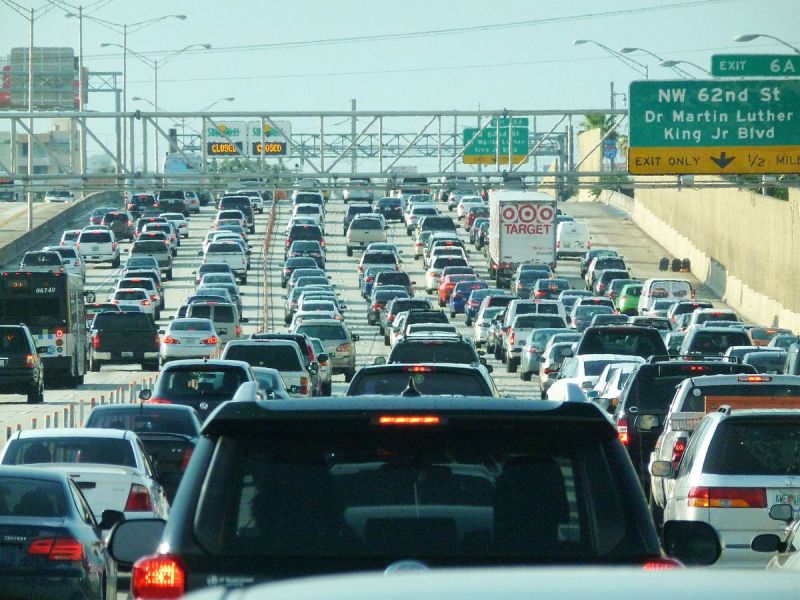Numerous studies have documented the phenomenon known as induced demand in transportation: Basically, if you build highway lanes, more drivers will come. And yet, transportation agencies rarely account for this effect when planning road projects.
In a recent paper published by the Transportation Research Record, author Ronald Milam and his research team reviewed the various studies documenting the induced demand effect. They found that for every 1 percent increase in highway capacity, traffic increases 0.29 to 1.1 percent in the long term (about five years out), and up to 0.68 percent in the short term (one or two years). One recent study found a one-to-one relationship between new highway lane capacity and traffic increases.
However, highway planners are failing to incorporate this effect into their models. Milam told Streetsblog that "it is rare to find an induced travel analysis in most transportation infrastructure design or environmental impact analysis." That means transportation agencies are green-lighting money for highway expansions that are destined to become congested again only short time later.
While some transportation agencies may lack the sophistication to model induced demand accurately, they should not disregard the phenomenon, Milam and his team write.
Highway planners should assume traffic increases will result from highway expansion projects in line with what previous research has demonstrated, the authors conclude.
More recommended reading today: nextSTL publishes a poem about the epic struggle to convince the Missouri Department of Transportation to design a walkable Gravios street. ATL Urbanist reports MARTA will take over operations of the struggling Atlanta Streetcar. And Streets.mn looks at the relative dearth of retail stores in urban locations in the Twin Cities.






